#한자
Explore tagged Tumblr posts
Text
Bad Moods
1. 심술 부리다 (심술: 心術)
Hanja:
心 (심): heart, mind
術 (술): technique, method, art, trick
Explanation: 心術 (심술) literally means “mental technique” or “heart trick,” but in Korean usage, it evolved to mean malice, ill will, or spite — i.e., a "twisted" or "scheming" mindset. When you say someone is 심술을 부리다, you're saying they're acting out of spite or jealousy — showing negative, petty emotions through actions.
Example:
아이가 동생을 질투해서 심술을 부렸다. → “The child acted out of jealousy toward their younger sibling.”
2. 심기가 불편하다 (심기: 心氣)
Hanja:
心 (심): heart, mind
氣 (기): energy, mood, spirit
Explanation:
心氣 (심기) refers to one’s mental state or mood — literally "heart-energy" or "emotional atmosphere."
So 심기가 불편하다 literally means “the heart/spirit energy is uncomfortable”, figuratively describing someone who is irritated, annoyed, or upset — though it’s often used politely or euphemistically.
Example:
상사의 심기가 불편해 보여서 분위기가 안 좋았다. → “The boss seemed irritated, and the mood was tense.”
3. 성깔 있다 / 승깔 있다 (성깔: from 性)
Hanja:
性 (성): nature, character, temperament
Explanation:
성깔 is a colloquial or dialectal word derived from 성질 (性質), where:
性 (성) = character or temperament
質 (질) = quality or nature
성질 = temperament/nature → 성깔 is a more casual, punchy form, often used to describe a fiery, assertive, or strong-willed personality.
The variant 승깔 is a pronunciation difference in some regional dialects.
Example:
그 사람은 성깔이 있어서 말싸움하면 절대 안 져. → “That person has a fiery temper — they never lose an argument.”
26 notes
·
View notes
Text
한자어 - 적/的
적(的). affix. '과녁'이나 '목표', '분명하다'라는 뜻을 가진 글자이다. (a letter with the meaning of 'target' or 'aim, goal', 'clear, distinct'.)
the suffix -적 is used to turn nouns into adjectives or adverbs, for example:
대화적 - oral, conversational, dialogic
세계적 - global
일반적 - common, regular
정신적 - mental(ly)
남성적 - masculine
the suffix 적 is often used in combination with the copula -이다 to form an adnominal -인, or with the instrumentative particle -으로 to form an adverb of manner, for example: 정신적으로 힘들다 (to be hard mentally), 남성적인 여자 (masculine woman)
#한국어#korean#korean studyblr#korean langblr#langblr#langvillage#한국어 공부#한국어 배우기#한국어 공부하기#한자#한자어#漢字#study korean#한국말#korean vocab#korean language#learning languages#foreign languages#language learning#languages
37 notes
·
View notes
Text
Hanja Lesson: 후
안녕하세요 여러분! This week's lesson is a Hanja one, this time a little but about 후! You can find this lesson on my Instagram here as well. I hope it's helpful :) Let's start!

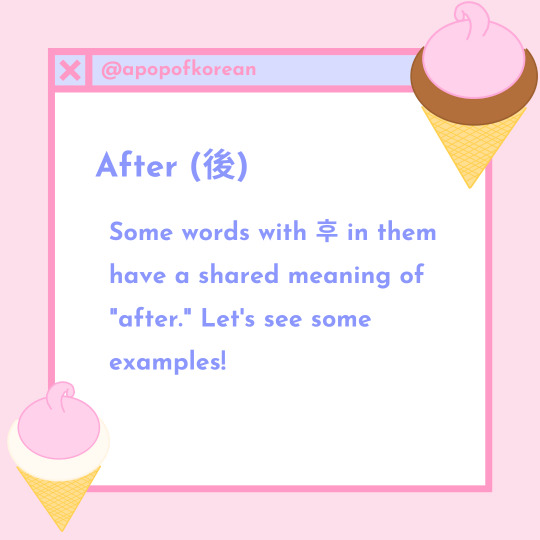


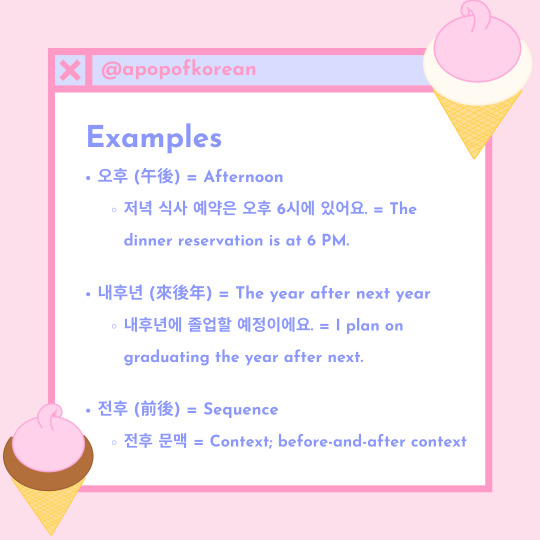

My masterlist
Join my Discord chat here to practice Korean with others!
Follow me on Instagram here for more Korean content!
Check out my Ko-Fi to support this blog and my studies! Thank you for your generosity!
#korean#korean language#langblr#korean langblr#study korean#studying korean#learn korean#learning korean#apok#korean vocab#korean vocabulary#hanja#hangul#한국어#한글#한자#한국어 배우기#한국어 공부하기#어휘#단어
101 notes
·
View notes
Text
This week's studies!
Friday: I am so excited! I had my last final exam! So refreshing!

Don't even ask what these words are from... :D
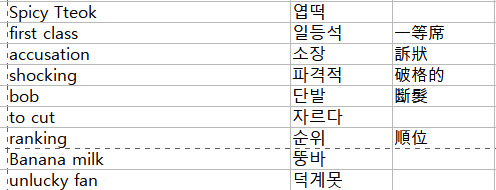
Saturday: These are from daum cafe, I didn't even know there was a slang for banana milk... I guess I've fallen out of fandom

Monday: Today, i went a bit medical... I don't know why I would need all these words, but I guess they're good to know!
12 notes
·
View notes
Text
초등학생을 위한 한자어 공부법| 연세 작은 한자사전과 뜻풀이 초등국어사전 활용 가이드 | 한자, 초등, 학습, 사전 활용법
초등학생을 위한 한자어 공부법 | 연세 작은 한자사전과 뜻풀이 초등국어사전 활용 설명서 | 한자, 초등, 학습, 사전 활용법 한자는 우리말의 기본이 되는 중요한 요소입니다. 어릴 때부터 한자를 익히면 국어 실력 향상은 물론, 사고력과 이해력을 키우는 데 도움이 됩니다. 하지만 딱딱하고 어려운 한자를 어떻게 쉽고 재미있게 공부할 수 있을까요? 연세 작은 한자사전과 뜻풀이 초등국어사전은 초등학생들이 한자를 쉽고 재미있게 방문할 수 있도록 돕는 최고의 도구입니다. 이 두 권의 사전은 그림과 함께 풀어쓴 쉬운 설명과 다양한 예시를 통해 한자의 의미를 쉽게 이해하도록 돕습니다. 연세 작은 한자사전은 초등학생 눈높이에 맞춰 쉬운 설명과 재미있는 그림으로 한자를 익힐 수 있도록 구성되었습니다. 뜻풀이…
0 notes
Text
Some ramblings about Kim Rok Soo's name:
Green Rok and exceptional, growing Soo. He was given this name to always grow green even in the winter and bloom exceptionally.
Historically, most names in Korea were derived from Hanja (한자), the Korean use of Chinese characters. These names were chosen for their symbolic meanings, reflecting qualities like wisdom (智), strength (勇), or beauty (美). source
The Hanja for Rok Soo are most likely: 綠 (Green, 록) and 秀(Exceptional, 수)
록 Can be the reading for many characters, such as:
초록 (Green, 草綠)
관록 (Dignity, 貫祿)
기록 (Record, 記錄)
Wait "Record"?
Yeah, as in his first ability
I may be reading too much into it, and completely off the mark but idk it's fun
On the topic of reading too much into things
The fact that his name can roughly mean "growing green" and Soo(수), well 수 can mean a lot of things but it's also in 수확(harvest), which makes it especially funny that the Soos were the ones that wanted to have a farm together
#idk hanja is hard#scratch that#korean is hard#but hey it's always a good time to mix your hyper fixation with whatever you're studying#tcf#trash of the count's family#lcf#lout of count’s family
24 notes
·
View notes
Text

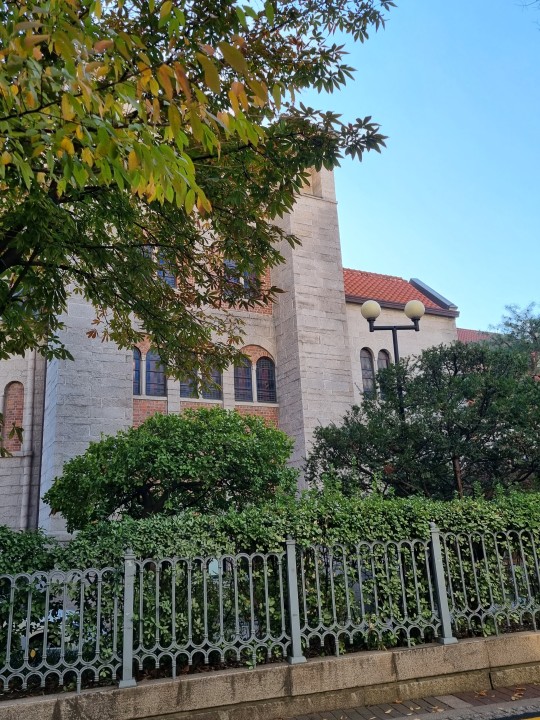
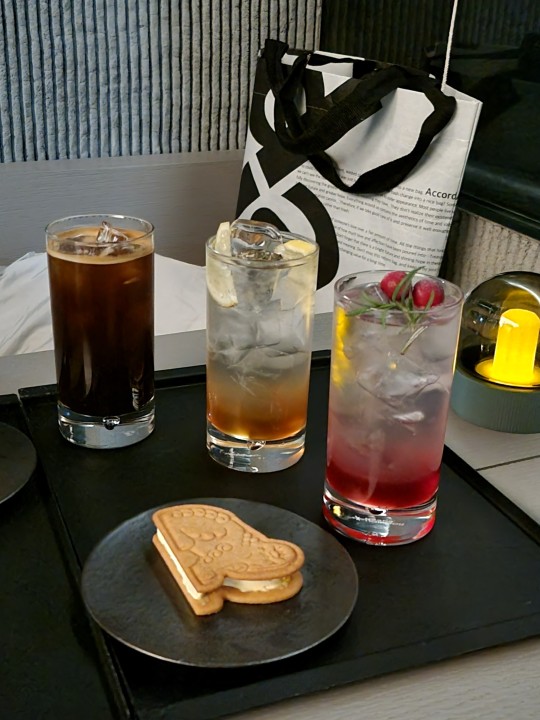
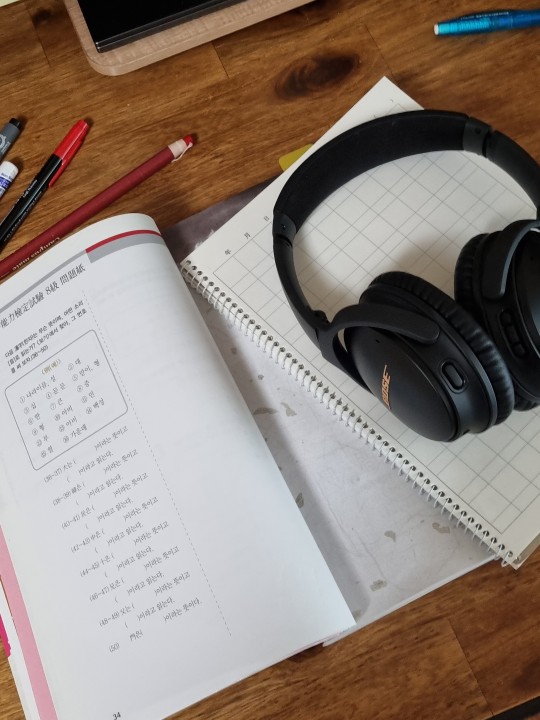
Day 9 🍯
2024.3.12
👩🍳: 허니케이크 베이킹
*카페에서 한자 공부
#daily blog#daily#studyblr#studyspiration#study motivation#studywithme#study space#desksetup#studystudystudy#study notes#study studying studygram studyblr studyabroad studyhard studyspo studymotivation studytime studyinspiration studyinspo studyaccount studybl#study with me#study studyblr#study material#studymaterial#study mode#study with inspo#study study study#study snack#uniblr#university#study movitation#study english#study blr#study night#study burnout#study blog#studygram#study goals
48 notes
·
View notes
Text
🌿 풍류 (風流)
Hanja:
風 (풍): wind, style, custom
流 (류): flow, stream, trend
風流 literally translates to “wind and flow” or “flowing like the wind.”
Together, they evoke the idea of graceful, refined, and carefree enjoyment, especially in relation to art, nature, and the pleasures of life.
In Korean, 풍류 goes beyond a literal translation. It refers to:
Refined artistic taste or appreciation of beauty (esp. in poetry, music, nature)
A free-spirited, elegant way of life — often connected to Korean traditional culture (like a scholar enjoying music, tea, and the mountains)
Aesthetic and leisurely enjoyment of life, in harmony with nature
It’s often associated with classical seonbi (선비) culture — the image of the cultured, virtuous scholar who lives simply but appreciates deep beauty and the arts.
💬 Example Usage
그는 참 풍류를 아는 사람이다. → He’s someone who truly understands the art of refined living.
고요한 산사에서 거문고 소리를 들으며 풍류를 즐겼다. → Enjoyed the elegant pleasures of life listening to the geomungo in a quiet mountain temple.

34 notes
·
View notes
Text
한자어 - 화/化
화(化). affix. '그렇게 만들거나 됨'의 뜻을 더하는 접미사. (an affix that adds the meaning of "making or turning out that way")
the suffix -화 refers to "-isation", for example:
도시화 - urbanisation
세계화 - globalisation
다문화화 - multiculturalism
대중화 - popularisation
전문화 - specialisation
기계화 - mechanisation
#한국어#korean#korean studyblr#korean langblr#langblr#langvillage#한국어 공부#한국어 배우기#한국어 공부하기#한자#한자어#漢字#study korean#한국말#korean vocab#korean language#learning languages#foreign languages#language learning#languages
25 notes
·
View notes
Text
Hanja Lesson: 무
안녕하세요 여러분! Hi everyone! Here is yet another Hanja lesson that I posted on my Instagram a while ago. This one is about 무--I hope it's useful! Let's start :) 시작해 볼까요?
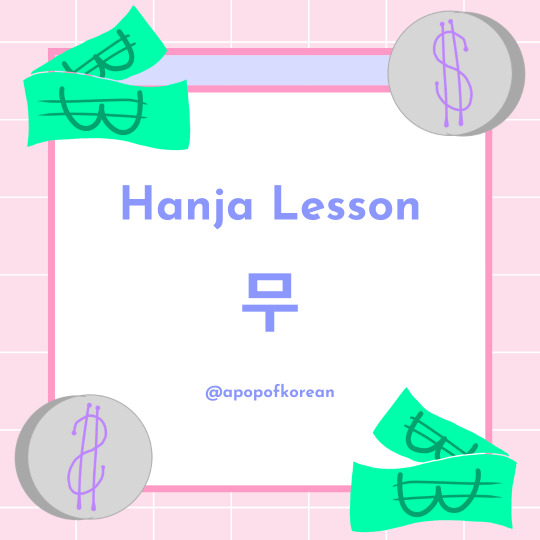
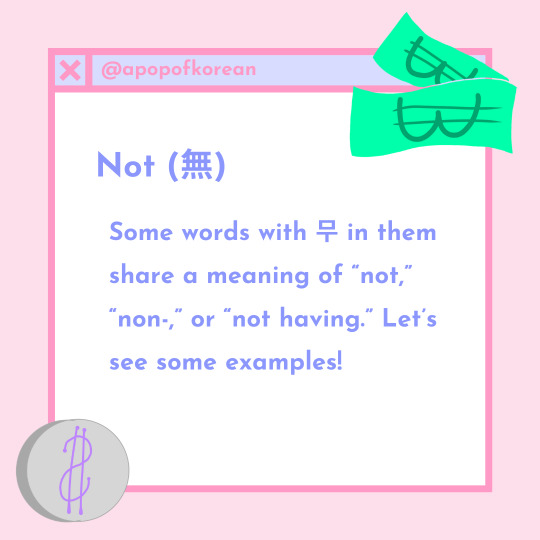
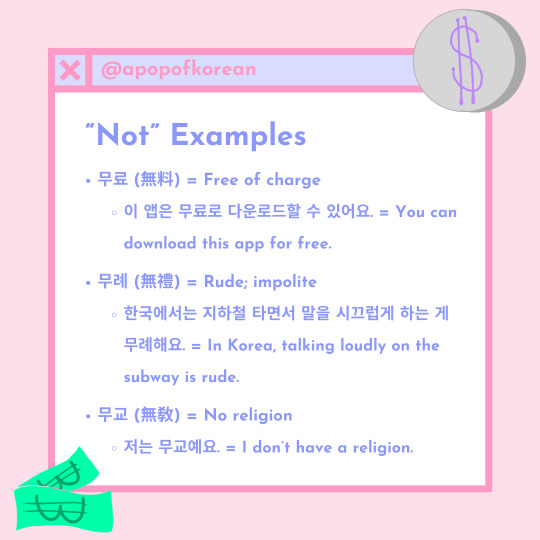
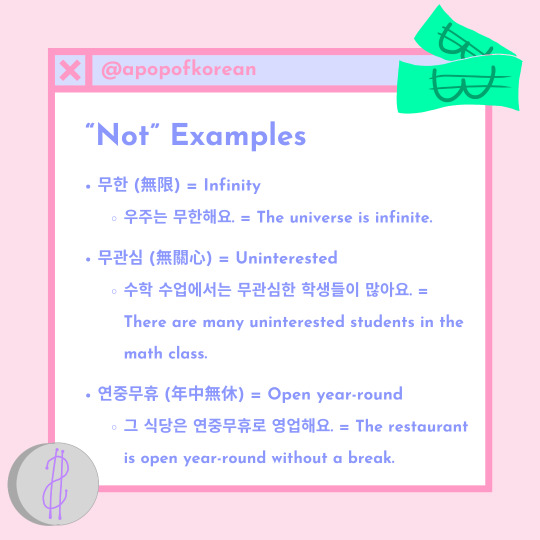
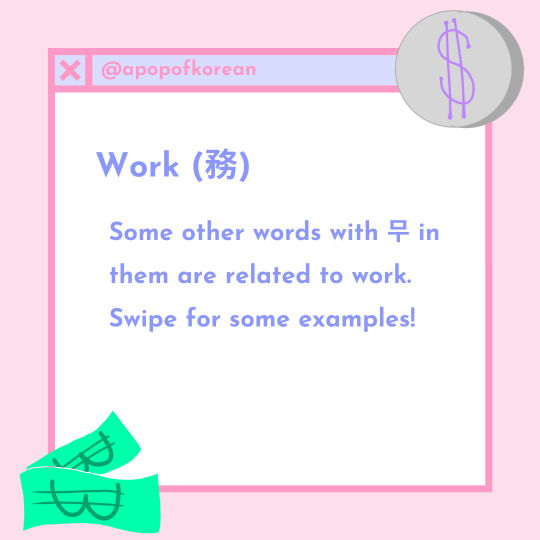
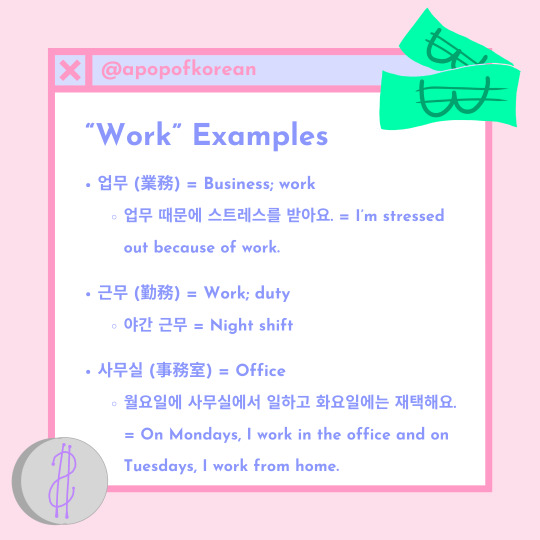
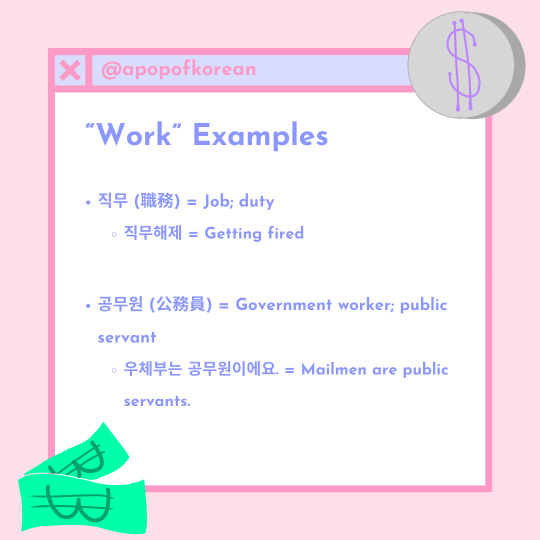
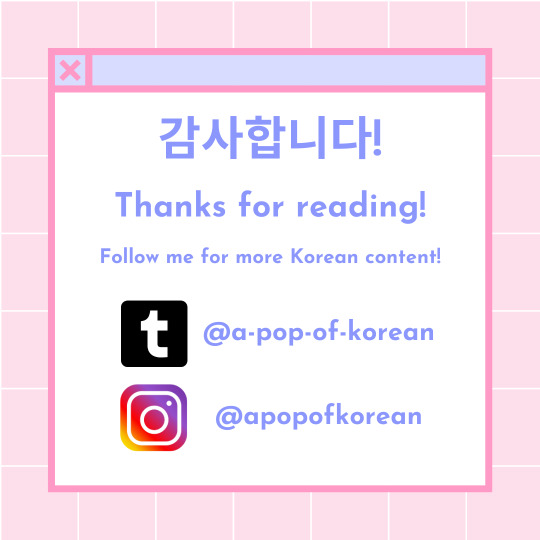
My masterlist
Join my Discord chat here to practice Korean with others!
Follow me on Instagram here for more Korean content!
Check out my Ko-Fito support this blog and my studies! Thank you for your generosity!
#korean#korean language#learn korean#learning korean#study korean#studying korean#hanja#hangul#korean vocab#korean vocabulary#한자#한국어#한글#한국어 배우기#한국어 공부하기#langblr#korean langblr
99 notes
·
View notes
Text
My style of using flashcards (  ̄▽ ̄)
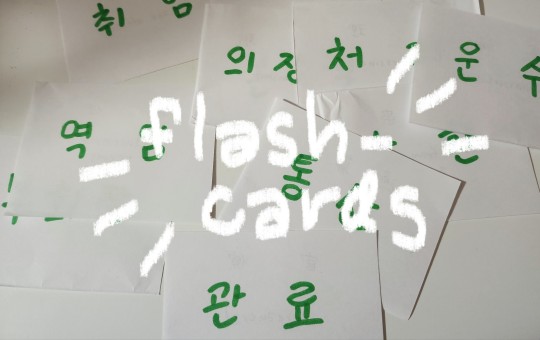
Yippee!
I've been using flashcards since elementary school and this is my favorite way of using them. I'll use Korean words to showcase my method.
Usually I'll have a main side and secondary side. I'll write the main side in large letters and use a fun color and the secondary one with black pen. Here I used green to contrast the black. Idk colors motivate me...
I'll have a few words from different categories every time.
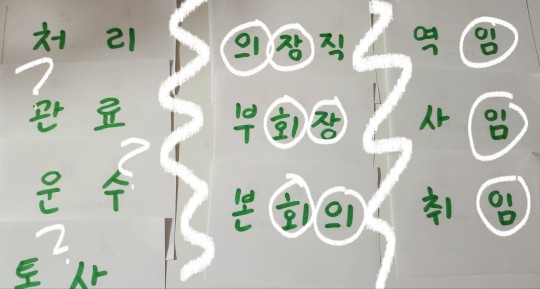
Here's what I mean: a few categories with similar-sounding words and one with random words. I never exclusively do similar-sounding words as I remember better when there are only a few similar ones.
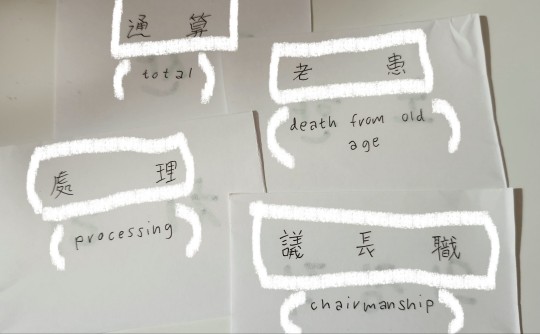
The secondary side has two definitions, usually either two writing systems or two languages (polyglot tingz) so I get as much out of these cards as I can. In this case, there's hanja and English!
I'll flip through a pack like this for a few days, usually 2-3. Then I'll make another one!
I'll take the pack out again in a month and if I don't remember a word, I'll add the word to my current pack! If old cards keep coming back, I'll stop making new ones and study the old ones until I remember.
#langblr#language#learning#korean#한국어#studyblr#flashcards#new words#words#learning tips#hanja#한자#한국어 공부
8 notes
·
View notes
Text
А трудный период так и не заканчивается...
У нас новый препод по корейскому в универе. Пожалуй, единственный человек, кто свой предмет действительно знает (ну, неудивительно, ее же к нам с мгу подогнали; хотя я почему-то услышала, что она из Самары...). Нам объясняли хангыль с точки зрения древнего языка и почему он вообще появился как он есть, а ещё причем здесь 한자. Ну, для кривозубой крестьянки как я это как минимум удивительно, что кто-то действительно into subject, а не просто рубит бабло со студентов.
Но счастье не длилось вечно🤡 как оказалось, ею попросту помахали нам перед носом, отправили в пешее эротическое, и только из статьи на сайте вуза я узнаю, что она на какое-то время, а затем дистант с ней🤡 а я, 씨발, на очном учусь. За 121 тысячу в год.
За 121 тысячу я получила то, что преподавательский состав вряд ли пошевелится, чтобы найти преподавателя. Хоть какого-то. Потому что, как выяснилось, это тоже, скорее всего, не их заслуга, а ещё одного человека, который у перваков ведёт интенсив. И, вот это да, он тоже приглашенный препод! Наверное, поэтому ответственный.
Была у нас с ним вчера небольшая беседа, где он рассказывал, что искал для уника в другом городе договор с Северной Кореей. И вроде как нашел. То есть, это не так сложно что ли? Тогда какого хрена наш ✨святейший препод.состав✨ сидит и надеется, что он (договор) будет!? Да им похеру. Надеются они, угу ага.
Вчера вечером я словила дикую истерику из-за этого и плюс ещё одна личная причина. Вела себя, мягко говоря, неадекватно, со школьных времён я такого не позволяла показывать людям. Мысли на публику свои и желания озвучивать не буду, поскольку, вероятно, это может расцениваться как террористическая атака или вроде того. А я всё-таки держу себя в руках чуть-чуть.
Но я сейчас в апатии и ужасно расстроена. Не то чтобы это мешало мне жить и делать то, что я делала до этого, но смысл жизни (которого у меня и так по сути не было никогда) kinda потерян. Единственное, что мне искренне хочется, так это забрать диплом и больше не вспоминать обо всем этом. Можно сказать, сейчас я начала плыть по течению, и задвинула все свои мечты куда подальше. По крайней мере, оно так ощущается.
#student life#блог о жизни#русский tumblr#русский блог#русский пост#русский тамблер#русский текст#life#new studyblr#realistic studyblr#sad thoughts#sadgirl#грустное#real life#моя жизнь#повседневная жизнь#повседневность#просто жизнь#реальная жизнь#учебатакаяучеба#блог об учебе#учеба#будни студента#студенческаяжизнь#студенческие будни#студенчество#студент#studying#study#students
16 notes
·
View notes
Text
8 years living in Korea and today I learned yet another word for name
함자
[명사] (높이는 말로) 남의 이름.
As seen in this message from our principal:
오늘부터 한자 수업을 담당하실 선생님을 새로 모셨습니다. 함자는 ㅇㅇㅇ 선생님이십니다. 잘 부탁드립니다.
28 notes
·
View notes
Text

이 고양이 뭔데!? 요즘 유행하는 케릭터인지 사방팔방에 보인다.
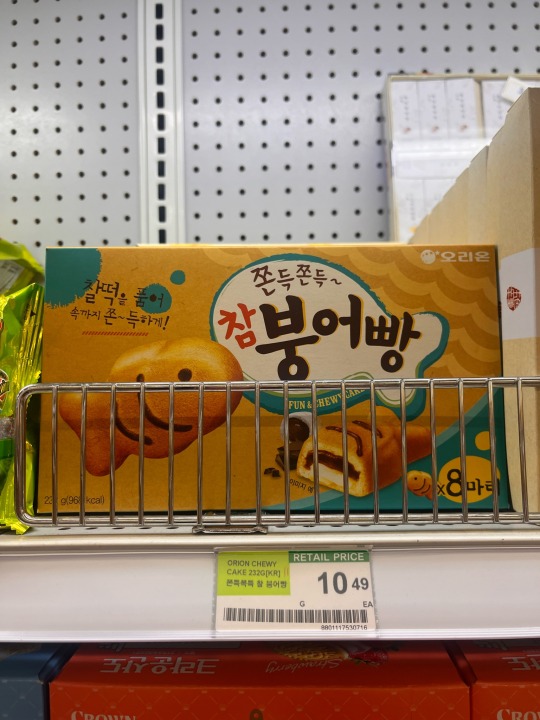
참붕어빵 너무 비싼데요 ㅜㅠ 이 동네는 텍스도 비싼데 과자 기본 가격도 비싸다. 아님 다 오른건가.

00대국가은행. 저 한자 앞에 2글자빼고 읽을 수 있다. 완전 까막눈은 아니다 이거예요! 😤
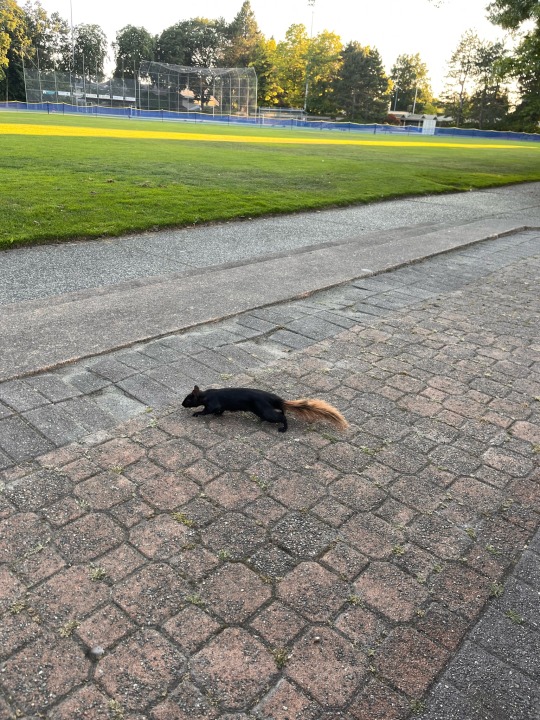
한참 걷다 공원에 앉아있는데 얘 너무 무서웠다. 뭔가시커먼게 쩍벌스타일로 조금씩조금씩 다가오는것이 좀만 더 가까이 오면 도망가려고 일어섰더니 얘도 도망감. 우리 서로 놀람. ㅎㅎ
11월 휴간데 어디 가려면 지금쯤 호텔 예약을 해야하는데 갈 데가 없다. 아니, 가고싶은 데가 없다. 왜 다 긔찮을까.
11 notes
·
View notes
Text
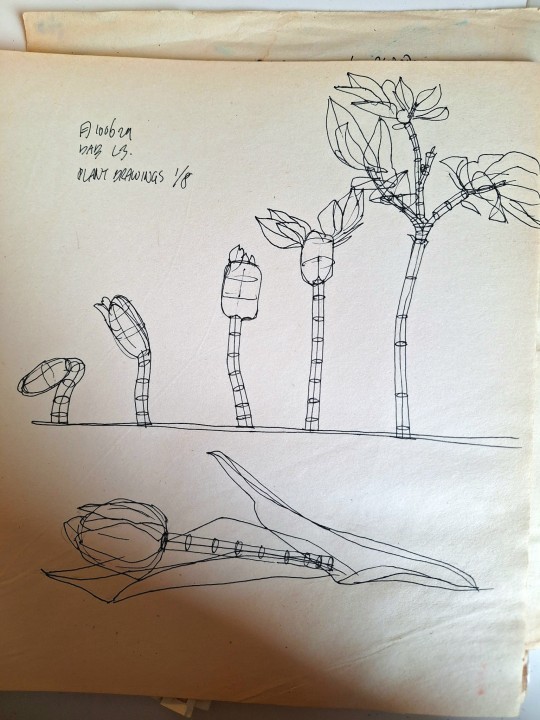

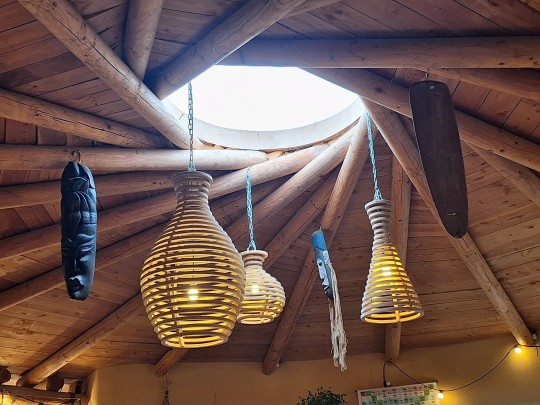
月ᆞ100624
🔣 한: 경제와 무역 / reading and vocab about (fair)trade // 한자 flashcards and since Hebrew upkeep
🎨 Drawabox Lesson 3 progress // a quicksketch for #draweverythingjune2024
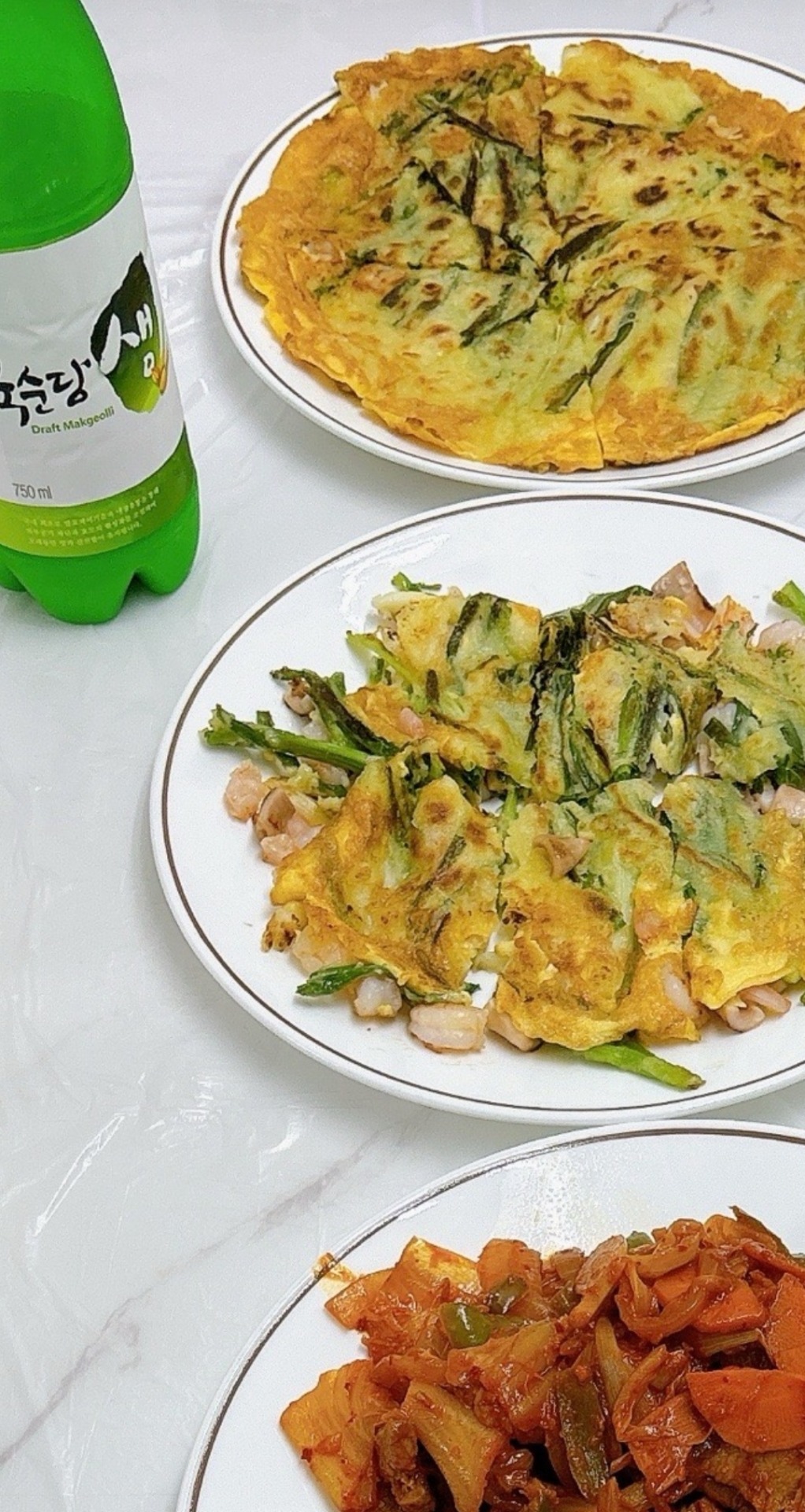

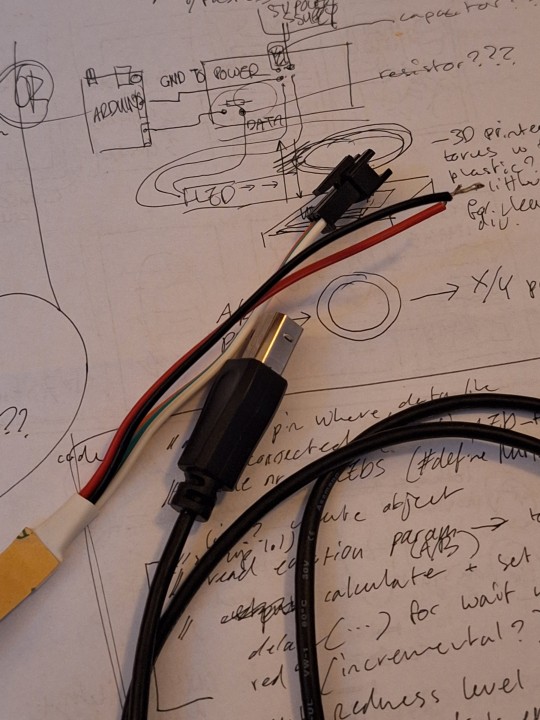
🤖 prepping code snippets for hardware testing! got my brother to help me in exchange for a meal, but only realised after the meal he knows about as little as i do lmao
8 notes
·
View notes
Text
Historical Korean Words Glossary
I am writing and have written quite a few Historical Korean fanfictions and so this post is a glossary for all of the different words that I leave untranslated. I do put all of the words I use in a fic at the bottom, but this is a big list of all of the ones I use and some pictures for reference. I will update this if I add a new word to a new fic.
None of the pictures are mine and I pretty much just found them on Google images.
NOTE: I did my best research with all of these and I'm not claiming they are 100% accurate, but this is just a list of how I use them so you know what I intended them to mean

Hangul 한글/韓㐎- the Korean alphabet we use today = 한글
Hanja 한자/漢字 - the old Korean characters derived from Chinese used prior to Hangul's creation = 漢字
Hanbok 한복/韓服 - traditional/historical clothing, most people think of women's dresses, but men's clothes were called this as well.
Goreum 고름 - the ties that fastened a top of a hanbok
Jeonbok 전복/戰服 - kind of like a long vest worn over a hanbok






Jeogori (1 = Male, 2 = Female) 저고리/赤古里 - the top/shirt part of a hanbok
Seokjeogori (3) 속저고리 - a shirt worn as an undergarment
Danryeong 단령/團領 - "round-collar robe", often worn by noblemen and members of the council, ministries, or other officials.
Sseugaechima 쓰개치마 - this is the extra-skirt looking garment women would wear over the heads.


Sokbaji (Left) 속바지 - pants-like undergarment, mostly worn by women under their chima
Sokchima (Right) 속치마 - basically a dress/skirt like undergarment


Gat (Left) 갓 - this is the hat that noblemen would wear, more specifically the ones that were black and made of mesh.
Jeongjagwan (Right) 정자관/程子冠 - a type of gat that noblemen would wear, it looks much like a pagoda.


Samo 사모/紗帽 - hats worn by government officials
Manggeon 망건/網巾 - the mesh-like headband men wore to hold their hair in place


Eunjangdo 은장도 - a silver dagger that many women wore as an accessory, mostly nobles.
Cheopji 첩지/疊紙 - a hair accessory worn by women, looks similar to a headband with a clip or pin in the middle.
Binyeo 비녀 - the long pin that would hold a woman's bun up, mostly used for married women.





Daenggi 댕기 - the ribbon that was tied around an unmarried girl's braid.
Norigae 노리개 - accessories that were tied to the goreum of women's handboks
Aigo 아이고 - kind of like an exclamation like "sheesh" or "geez", still used in modern times.
Gongju 공주/公主 - princess honorific
Gongjunim 공주님 - formal address for a princess
Hyungnim 형님- a more commonly used term historically for a man to an older brother or male friend.
Orabeoni 오라버니 - more archaic/historical word for older brother to a girl.
Unni 언니 - older sister to a girl
Dogil 독일 - Korean word for Germany, might not be completely accurate for the time.
Hanyang 한양/漢陽 - historical name for Seoul
Seong-jung 성중/城中 - area inside the fortress walls of Hanyang
Seongjeosimni 성저십리/城底十里 - area outside the fortress walls of Hanyang
Ming 大明 - during the time of the Ming dynasty of China, they referred to the country as Ming
Podocheong 포도청/捕盜廳 - essentially the Joseon era police.
Bujang 부장/部將 - a Lieutenant-level position in the Podocheong
Hwarang 화랑/花郞 - a group of young noblemen that became somewhat like educated knights in the royal palace from around the 6th century to the 11th. Also refers to a member of the Hwarang.
Gukseon 국선/國仙 - a chief officer of the hwarang
Wonsanghwa 원상화/原上花 - the first officer of the hwarang who is in charge of training in martial arts and combat
Sangseon 상선/上仙 - training officer of the hwarang
Nangdo 낭도/郎徒 - lowest members of the hwarang hierarchy and would form groups led by a hwarang
Gungnyeo 궁녀/宮女 - "Lady Officer of the Court" they were royal hand maidens or court ladies
Sanggung 상궁/尙宮 - manage the palace and the royal family
Nain 나인/內人 - assistant court ladies
Jimil Nain 지밀 나인/至密 內人 - waited on the King and/or Queen and their family
Sangjeong (Gungjeong) 상정 (궁정)/尙正 (宮正) - they managed and oversaw conduct, work and punishment of the Gungnyeo
Jeonjeong 전정/典正 - assistants or support for the sangjeong
Naesojubang 내소주방/內燒廚房 - Gungnyeo department for preparing meals
Jungin 중인/中人 - Upper Middle Class citizens
Sangmin 상민/常民 - Commoners/Lower Middle Class citizens
Chon 촌/寸 - historical unit of measurement, close to an inch
Mun 문/文 - Joseon Era Korean currency
Shinshi 신시/申時 - designation for the ancient Korean hours of the Monkey which is about 3-5 pm
Baduk 바둑 - Korean word for the Chinese game of Go
Pong 봉 - also known as a Bo staff used in martial arts, typically made of wood. (not 100% sure on the Korean spelling)
Yo 요 - Korean floor mattress



Check out my Stray Kids Historical AU! Series!

Master-Master List
2 notes
·
View notes